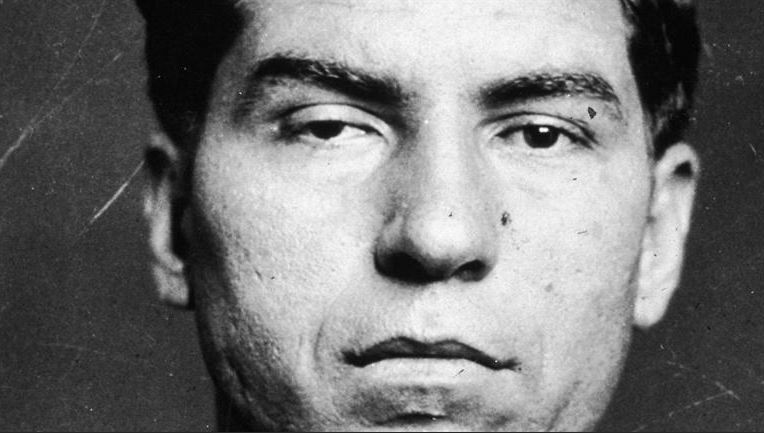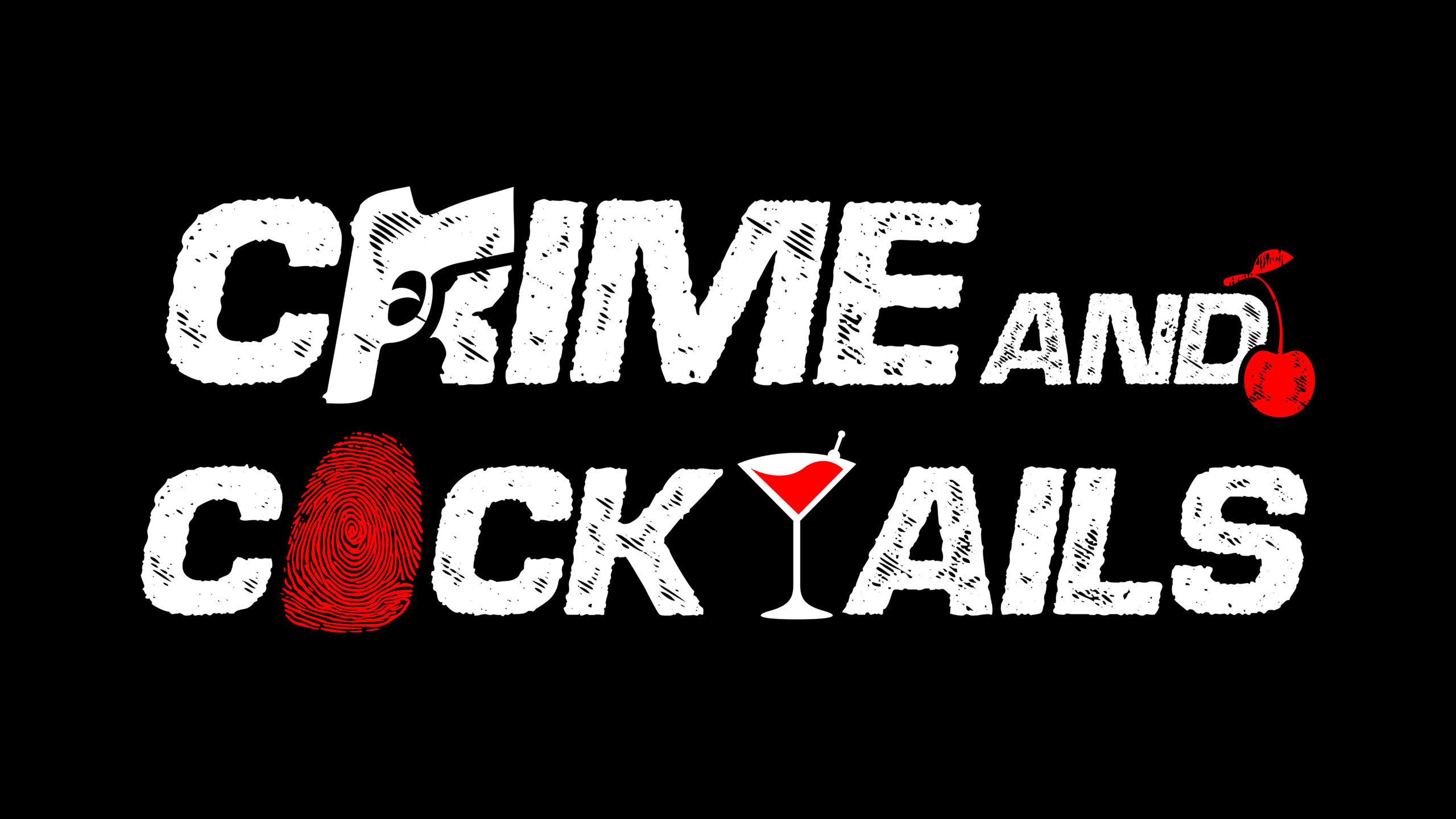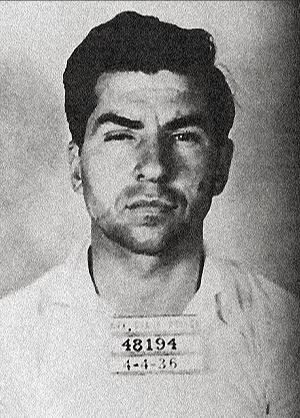They said it was routine.
They said it was nothing special.
They said he was just “one of many” inmates being shuffled around in a standard prisoner relocation program.
But when Charles “Lucky” Luciano was quietly moved in the dead of winter from the icy walls of Dannemora Prison—nicknamed “Little Siberia”—to the comparatively accessible Great Meadow Correctional Facility, insiders didn’t buy it. Not for a second.
This was no paper-pushing procedural shuffle.
This was a calculated, government-approved extraction of America’s most powerful underworld operator… a sweetheart deal in shackles. A velvet-lined cellblock maneuver masked with bureaucratic perfume.
And the feds got caught in the lie.
FROM LITTLE SIBERIA TO THE MOB’S BACKYARD
Dannemora is the prison you send men to disappear.
It squats near the Canadian border, surrounded by dense forests and deeper secrets. Bone-cracking winters, 30-foot walls, and guards that shoot to kill. It was built for no one—especially not the most influential Mafia don in the United States.
Yet that’s where they stuck Charlie Luciano in 1936 after a high-profile conviction on trumped-up prostitution charges, engineered by Thomas E. Dewey, the crusading district attorney with dreams of political office and Mafia blood on his hands.
Luciano was sentenced to 30 to 50 years. But everyone with an ear to the gutter knew the Mob wouldn’t let Charlie rot in a frozen hellhole. Not forever.
And in early 1942, six years into his sentence, it happened. With no warning and less explanation, Charlie was moved hundreds of miles south to Great Meadow, just an hour and change from the streets that once bowed before him.
Why? The official line was thin, rushed, and full of holes.
“This transfer was one of many conducted as part of an ongoing consolidation effort within the state prison system,” said a spokesperson from the Department of Corrections.
Translation: We do this all the time. Nothing to see here.
But there was something to see.
THE UNDERWORLD NETWORK STILL OPERATED — EVEN FROM PRISON
Charlie Luciano didn’t just run rackets. He built them. He invented the Commission. He gave the Italian Mafia a corporate hierarchy. Five Families, all under one silent CEO. Even behind bars, Luciano still pulled strings. All the strings.
Visitors who managed to speak with him in Dannemora described a man who didn’t act like an inmate. He acted like a chairman. Calm. Polished. In control. He was still sending orders, receiving messages, and guiding the Mafia’s evolution.
But being in Dannemora made communication difficult. Every letter, every visit, was scrutinized, surveilled, and stripped bare. The Mob was evolving into something transnational, connected to narcotics pipelines, wartime black markets, even intelligence agencies. Luciano had to be closer.
And Great Meadow? Close enough for messengers to reach. Close enough for Family to whisper in corners and pass coded messages over payphones.
This wasn’t a transfer.
This was an operational reset.
THE LIE BREAKS
As rumors swirled, a few enterprising reporters began digging. One unnamed Albany official admitted under the table that Luciano’s move was “highly irregular.” Another noted that “standard protocol” for high-profile, high-risk inmates had been ignored.
Other prisoners were moved, yes—but none with the timing, discretion, or distance of Luciano. Most transfers were lateral moves. Same level. Same distance from home. Luciano’s transfer shaved hours off the travel time for anyone trying to reach him from New York City.
When a court subpoena demanded internal correspondence from the prison system, things got worse for the state. Memos revealed a backdoor request from higher up—far above the Department of Corrections. Some speculate it came from Albany. Others believe it was pushed by elements within U.S. Naval Intelligence or even the FBI.
Because here’s where the story turns darker.

OPERATOR UNDERWORLD: THE WAR, THE MOB, AND THE BLACK HANDSHAKE
In 1942, the United States was reeling from the attack on Pearl Harbor. German U-boats prowled the Atlantic. American supply lines were burning. And somewhere along the East Coast, the government realized they were fighting a war on two fronts—one overseas, and one in the docks.
The New York waterfront was vital. And it was infested. Saboteurs, spies, and anti-American operatives had infiltrated the longshoremen unions. Cargo was vanishing. Explosions rocked the piers. The Navy couldn’t keep up. They needed help.
That help had a name.
Charlie Luciano.
Yes, the same man they’d locked up as a public enemy. The same man Dewey paraded as a human victory cigar. The same man they said would “never again breathe free air.”
They needed him to secure the ports.
In exchange? Consideration.
First, a transfer closer to home. Second, improved conditions. Third… well, let’s just say everything has a price. And Lucky never sold himself cheap.
The deal was whispered in corridors and sealed in silence. But the timing was no accident. The transfer occurred weeks before naval authorities began secretly working with Mafia intermediaries to lock down the docks in what would later be called “Operation Underworld.”
Government agents met with Genovese men. Information flowed. Spies were rooted out. Sabotage stopped. But it came with an unholy pact: Luciano got to play kingpin again—from the comfort of a more convenient cage.
THE PUBLIC NEVER KNEW… UNTIL THE PAPERS LEAKED
The state didn’t want the public to know they’d crawled into bed with the Mob.
They didn’t want patriotic Americans to know they’d bent the knee to a gangster in order to win a war.
So they lied.
They used the most tired language in the bureaucratic playbook: “routine,” “coincidence,” “standard procedure.”
But reporters don’t forget. And the Mafia doesn’t shut up. Years later, those familiar with the move confirmed what had long been whispered in Mob circles:
The Luciano transfer was the first step in a wartime alliance that redefined the balance of power between organized crime and the federal government.
THE PATTERN REPEATS: Ghislaine Maxwell AND THE “NOT A SWEETHEART DEAL” PLAYBOOK
Flash forward nearly a century. The names change— Ghislaine Maxwell—but the tactics don’t.
When the public sniffs out favoritism, the institutions lie. When they’re caught, they claim the exception. They say it’s “normal.” They say it’s “unrelated.”
The press releases are cleaner now. The damage control teams more polished. But the scent is the same. Rotten.
History has a funny way of surfacing truths, long after the players have died or disappeared. And in the case of Charlie Luciano, the lie unraveled—line by bureaucratic line.
He wasn’t moved for his health.
He wasn’t moved as part of a “routine shuffle.”
He was moved so the government could use him.
FINAL WORD
Charlie “Lucky” Luciano may have died in exile. But his influence never left the city that made him. His move to Great Meadow wasn’t an act of mercy. It was an arrangement. A backroom handshake with red, white, and blue fingerprints on the grip.
And the lie they told to cover it?
We’ve heard it before.
We’ll hear it again.
But like all things in the underworld, the truth always finds a way to the surface.


